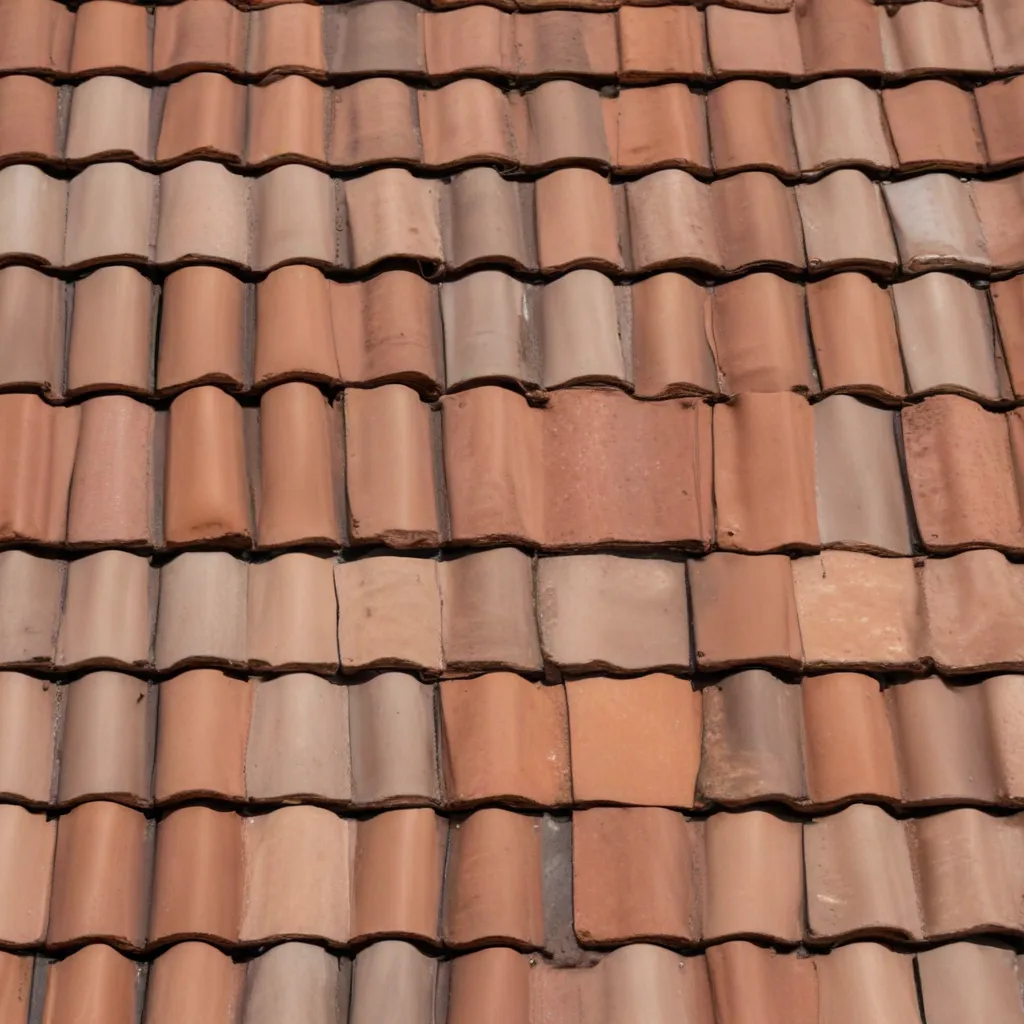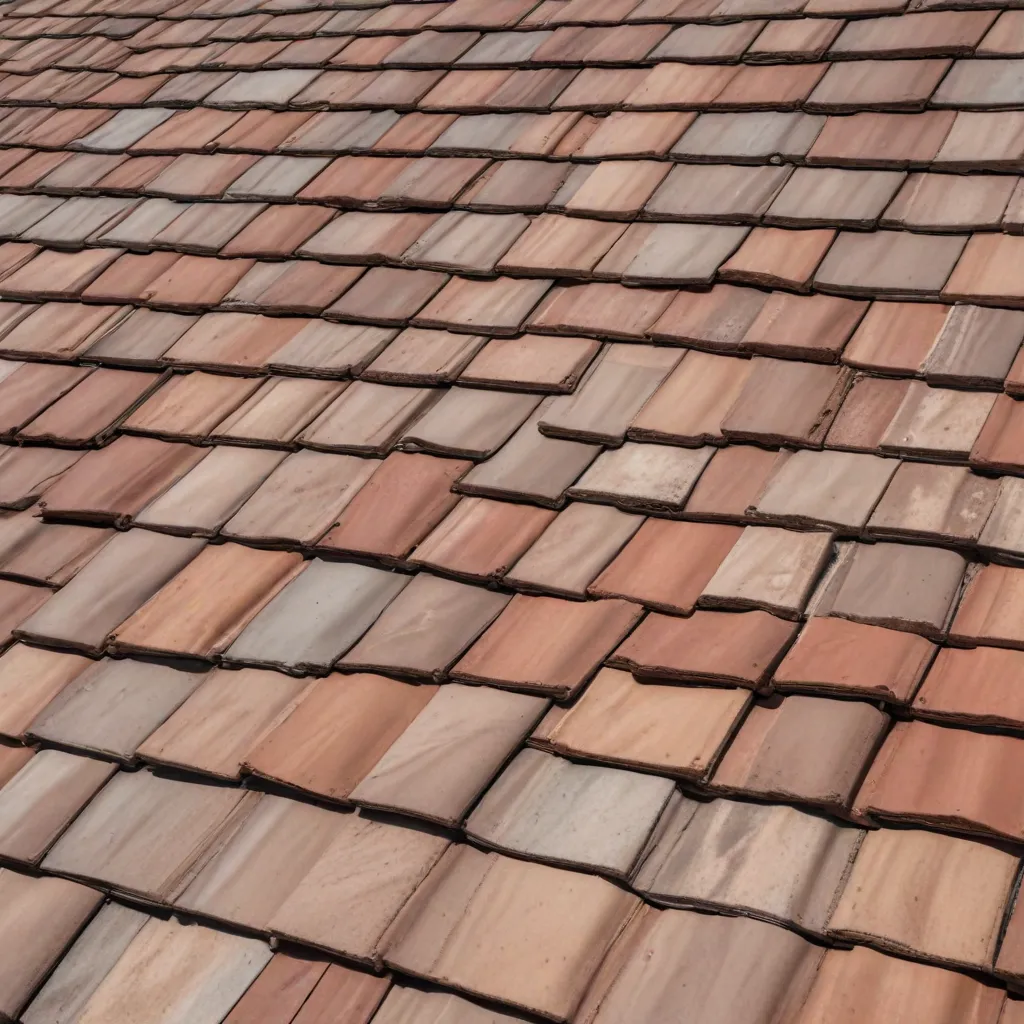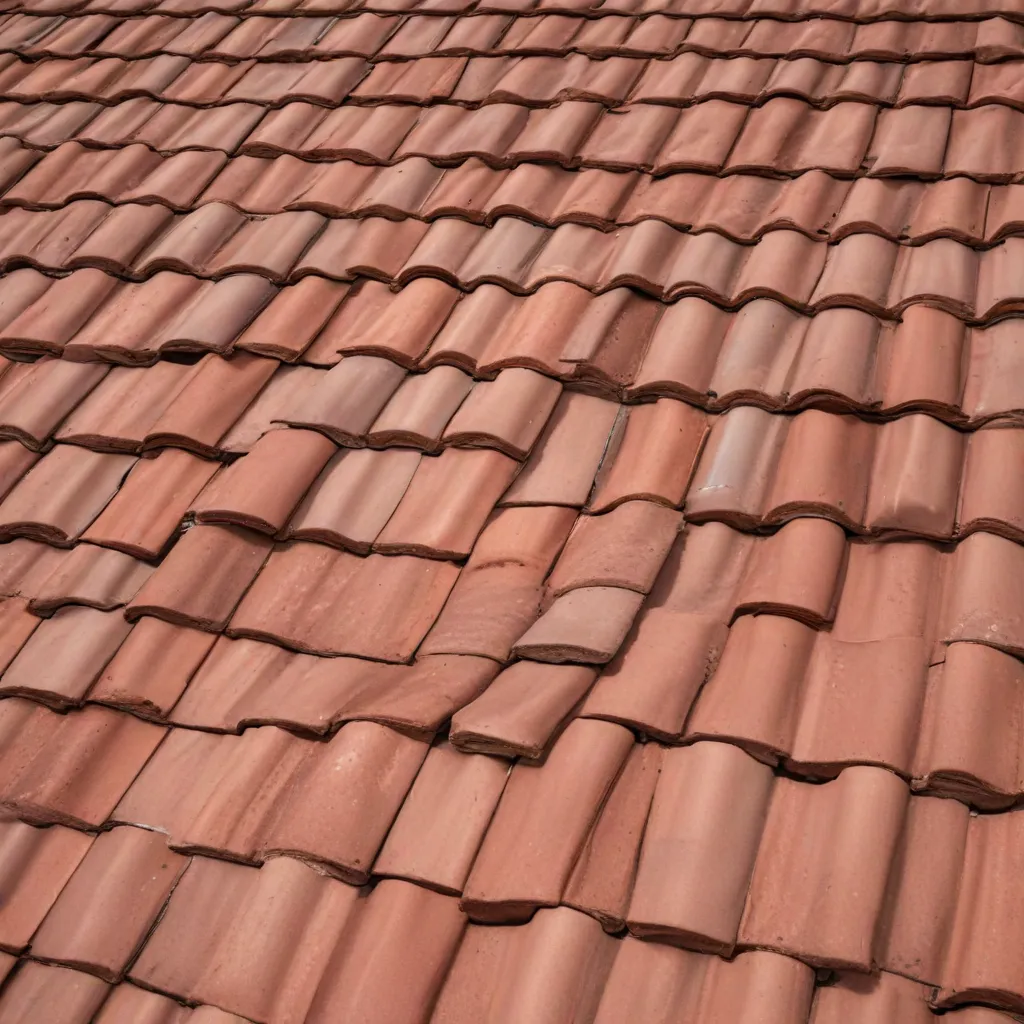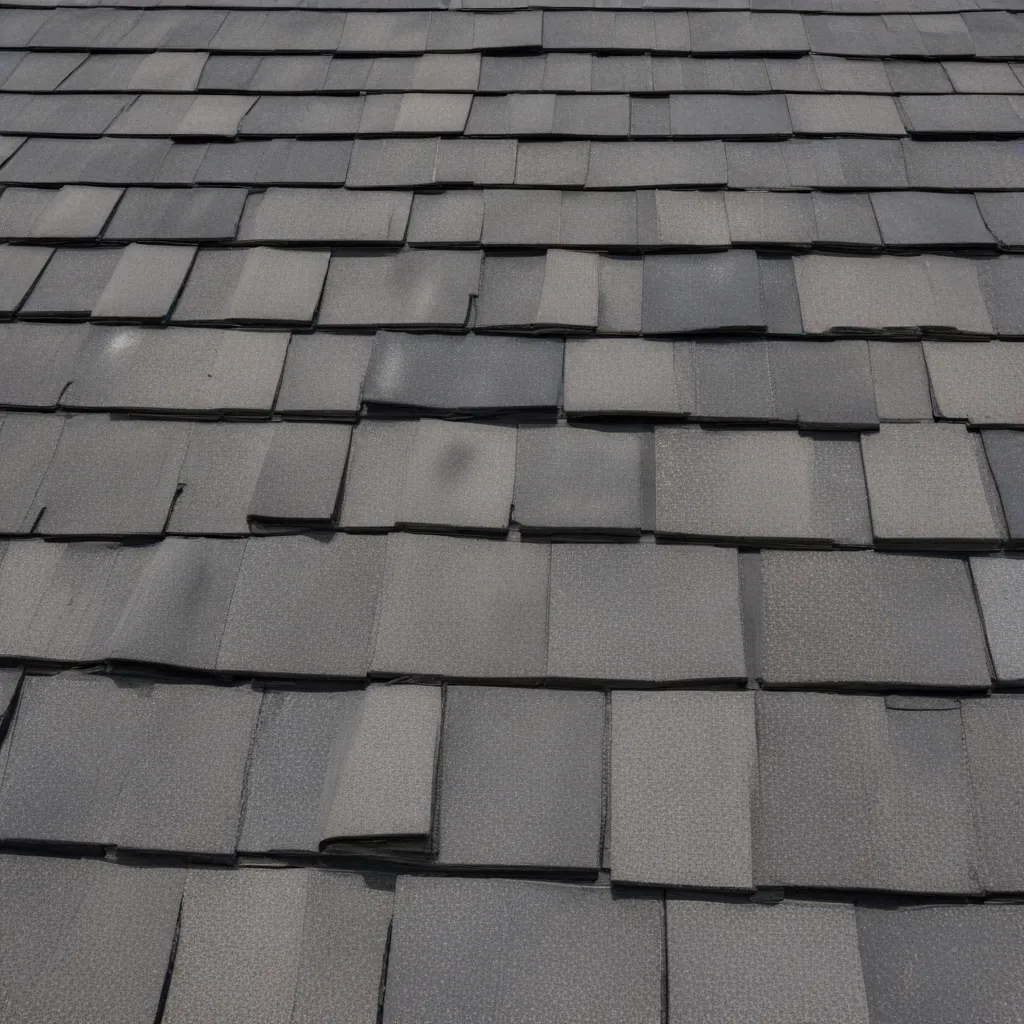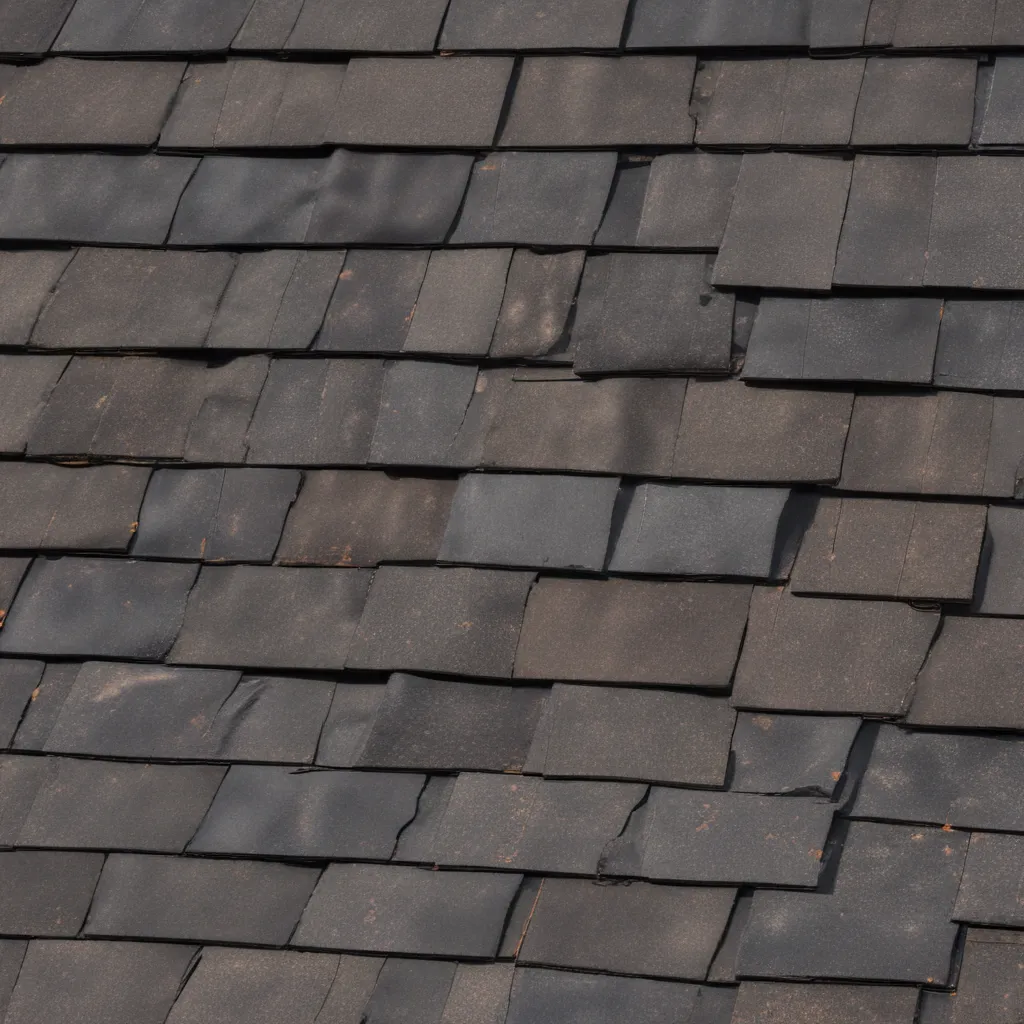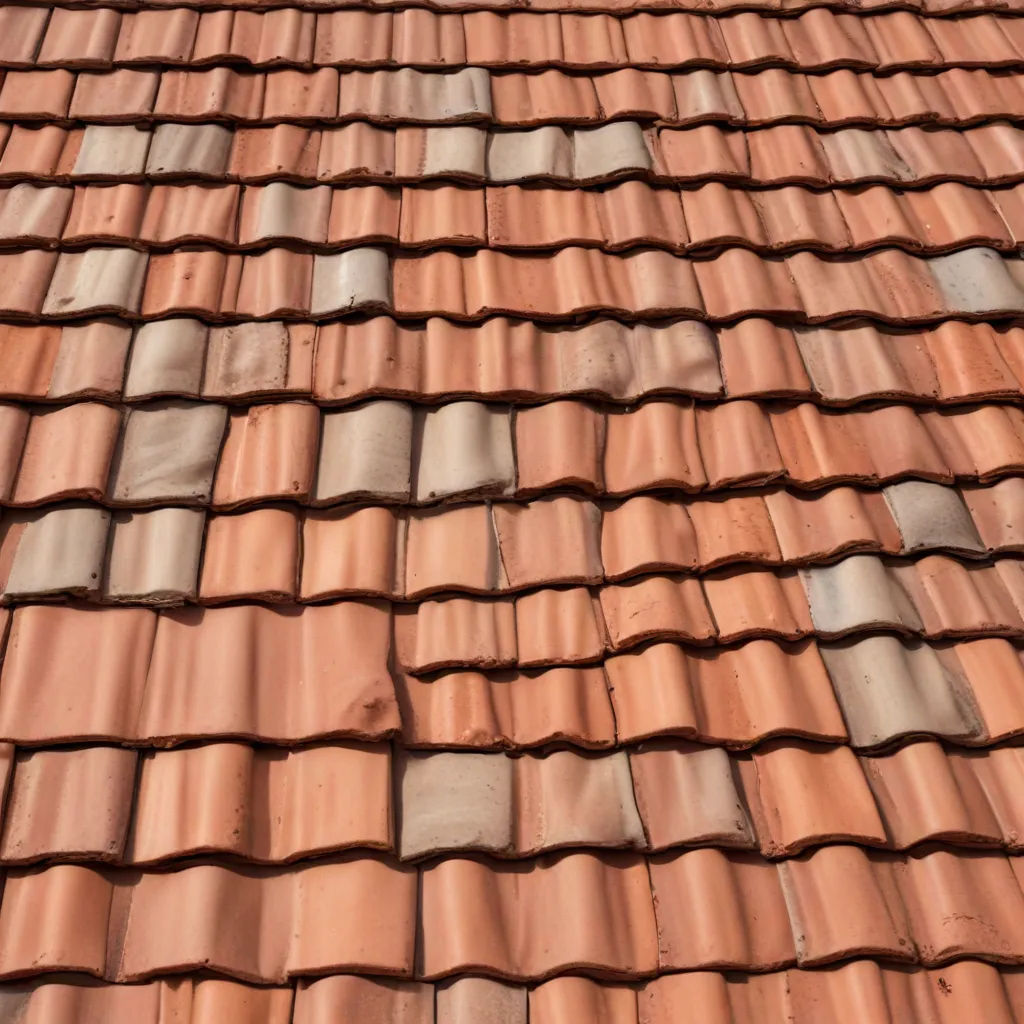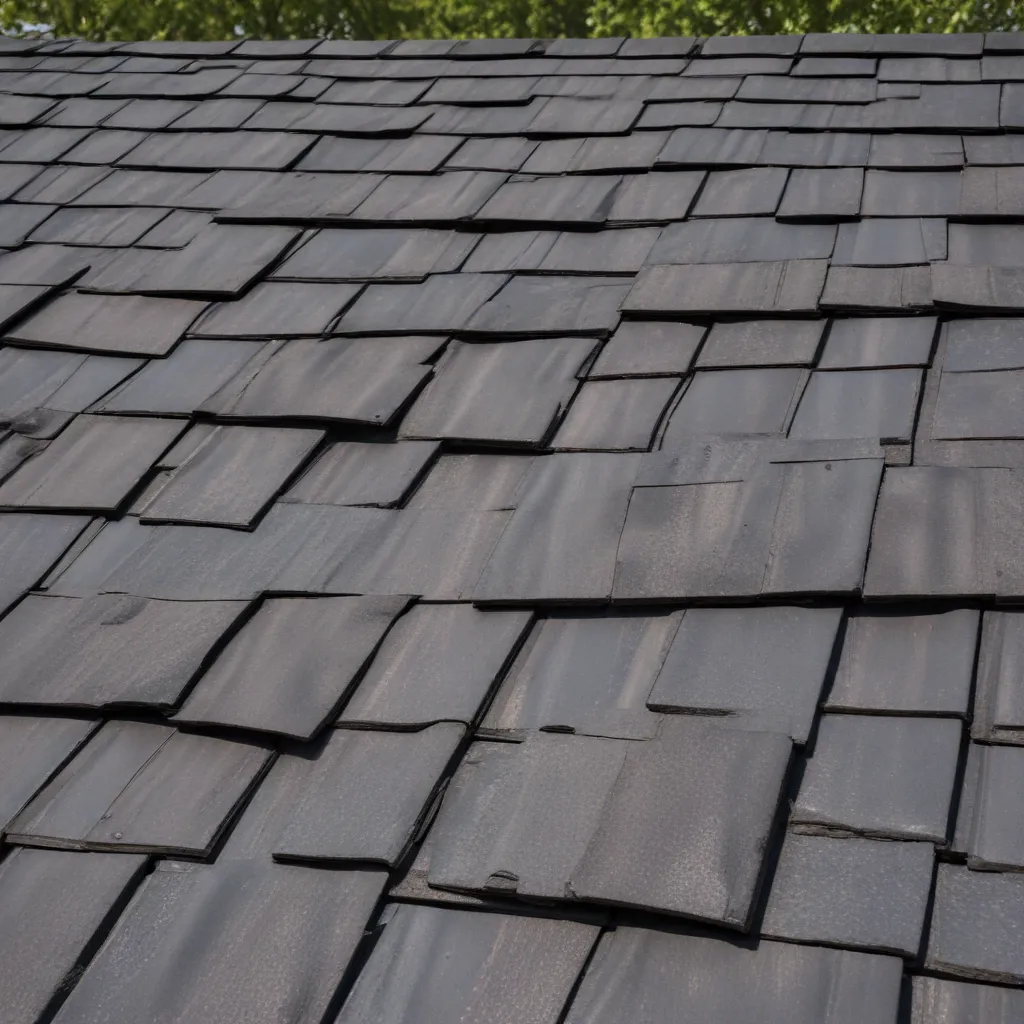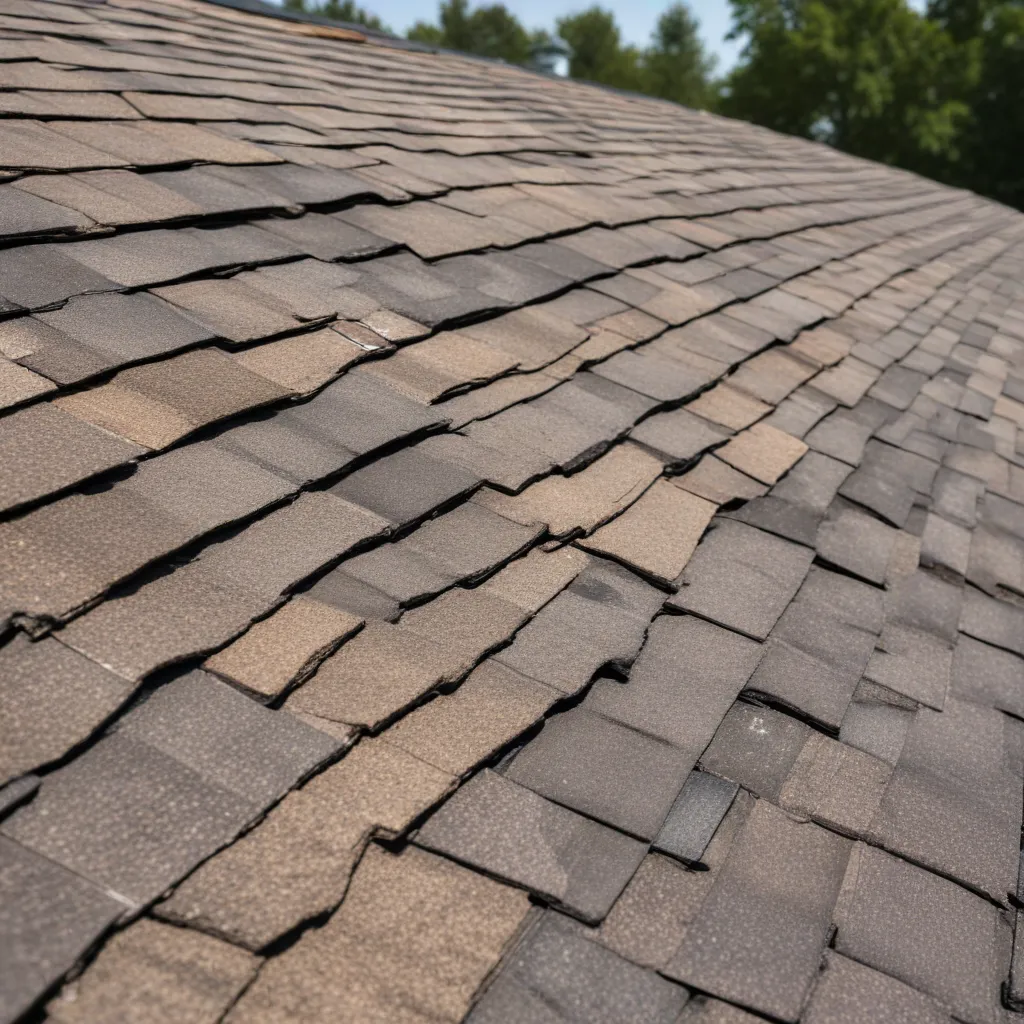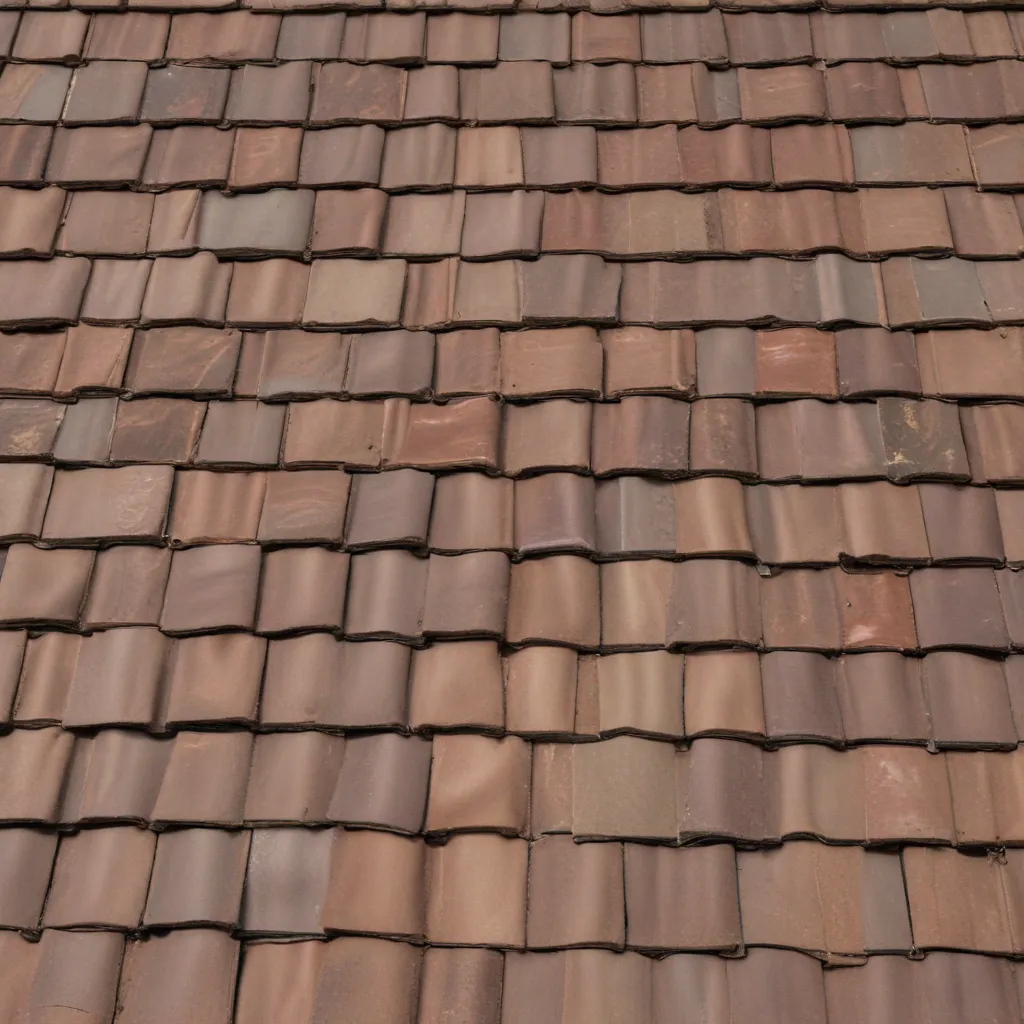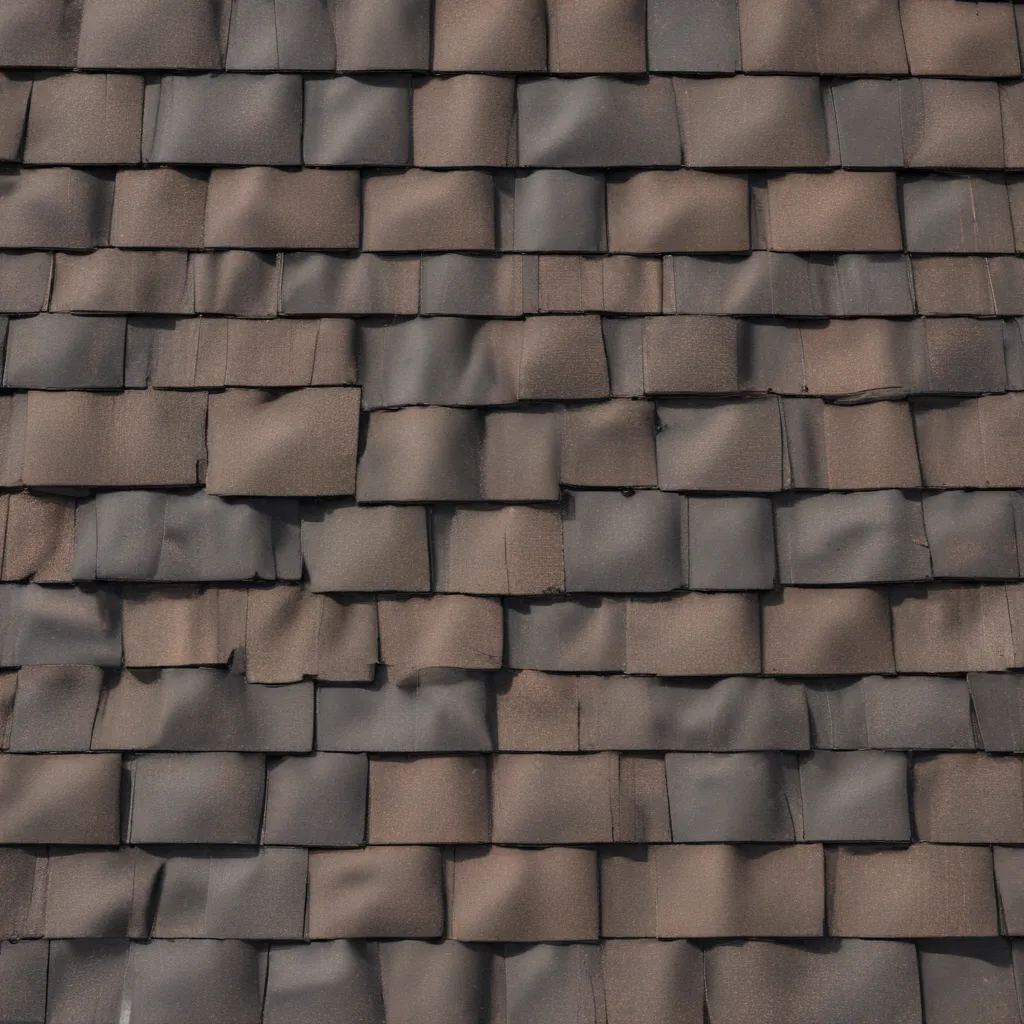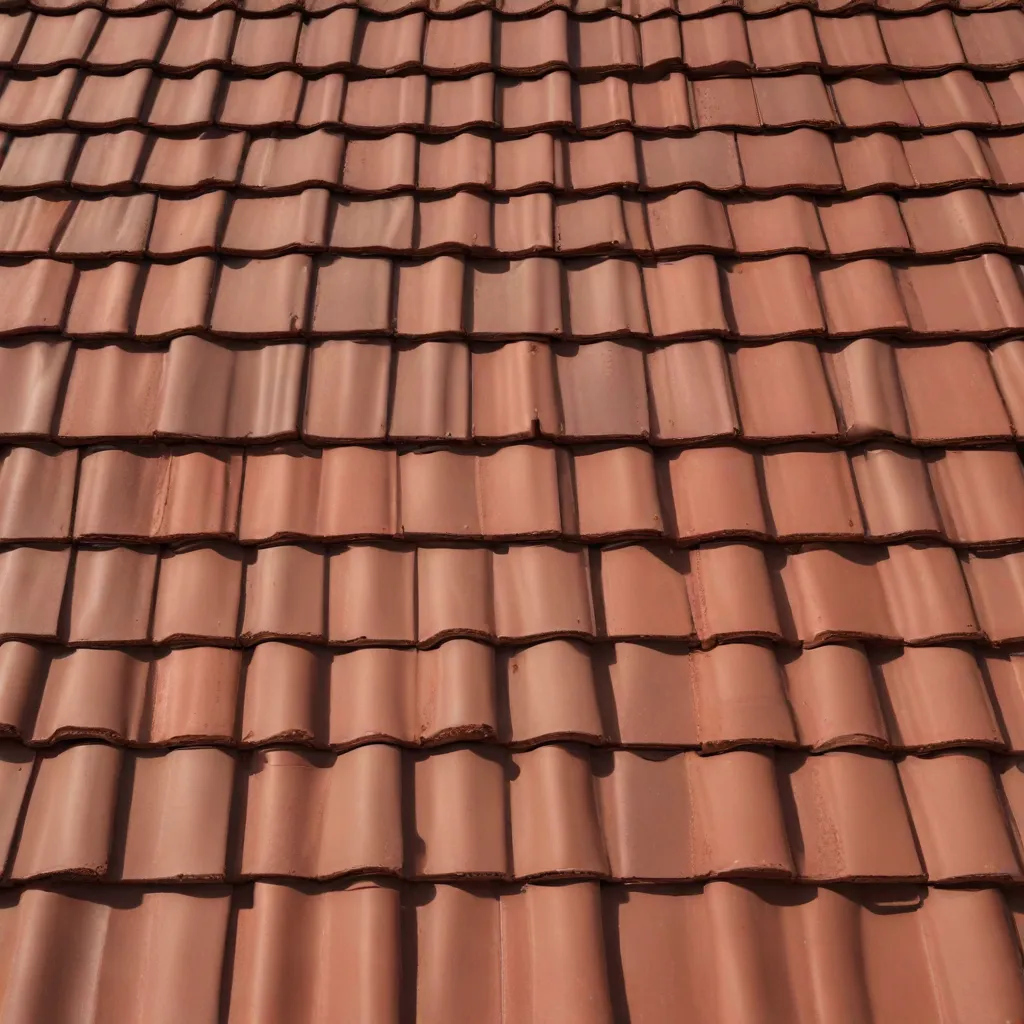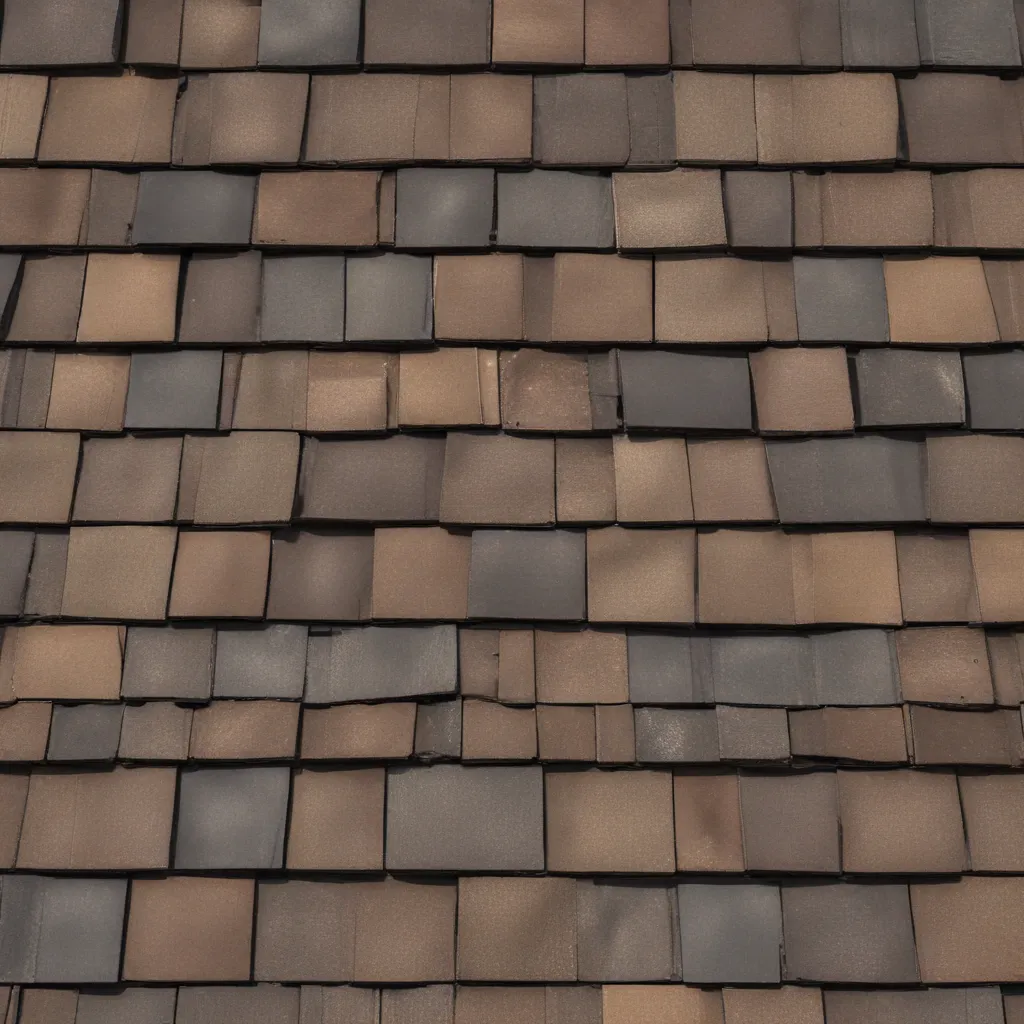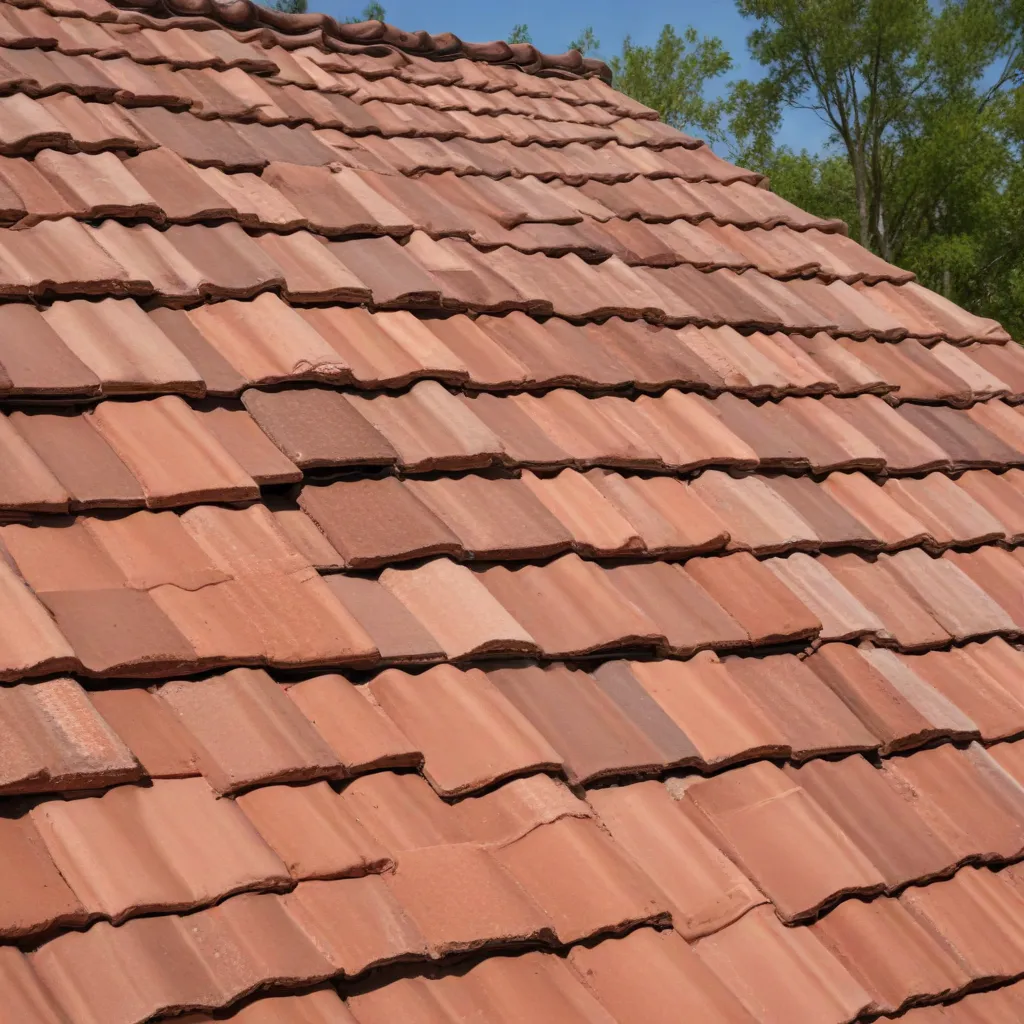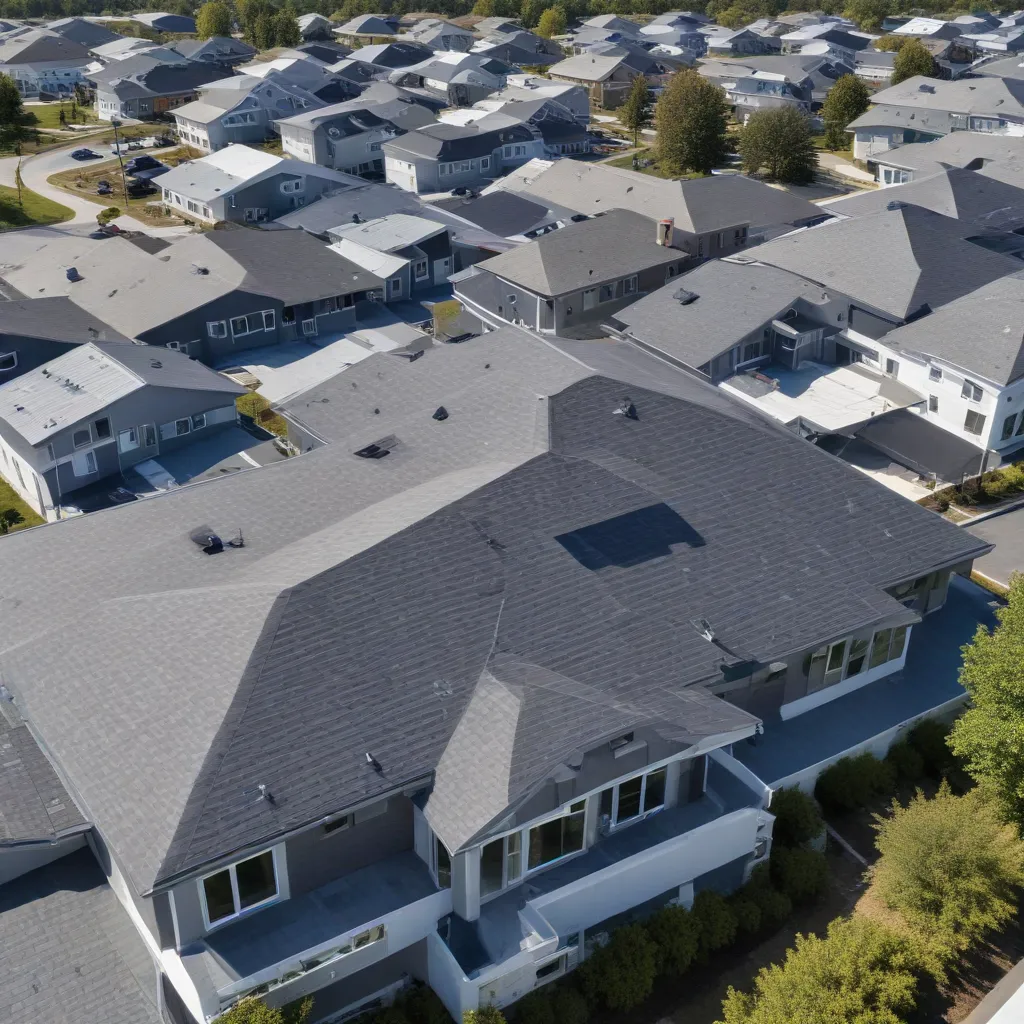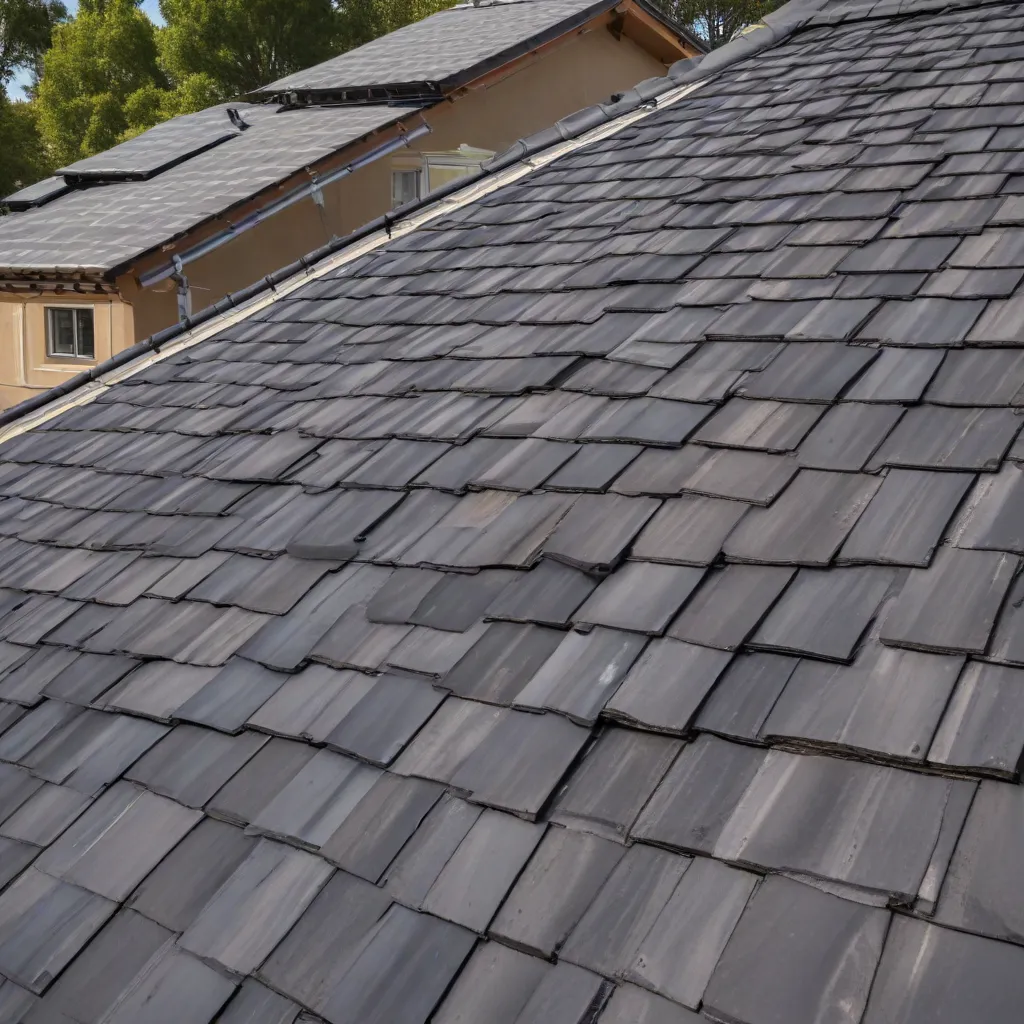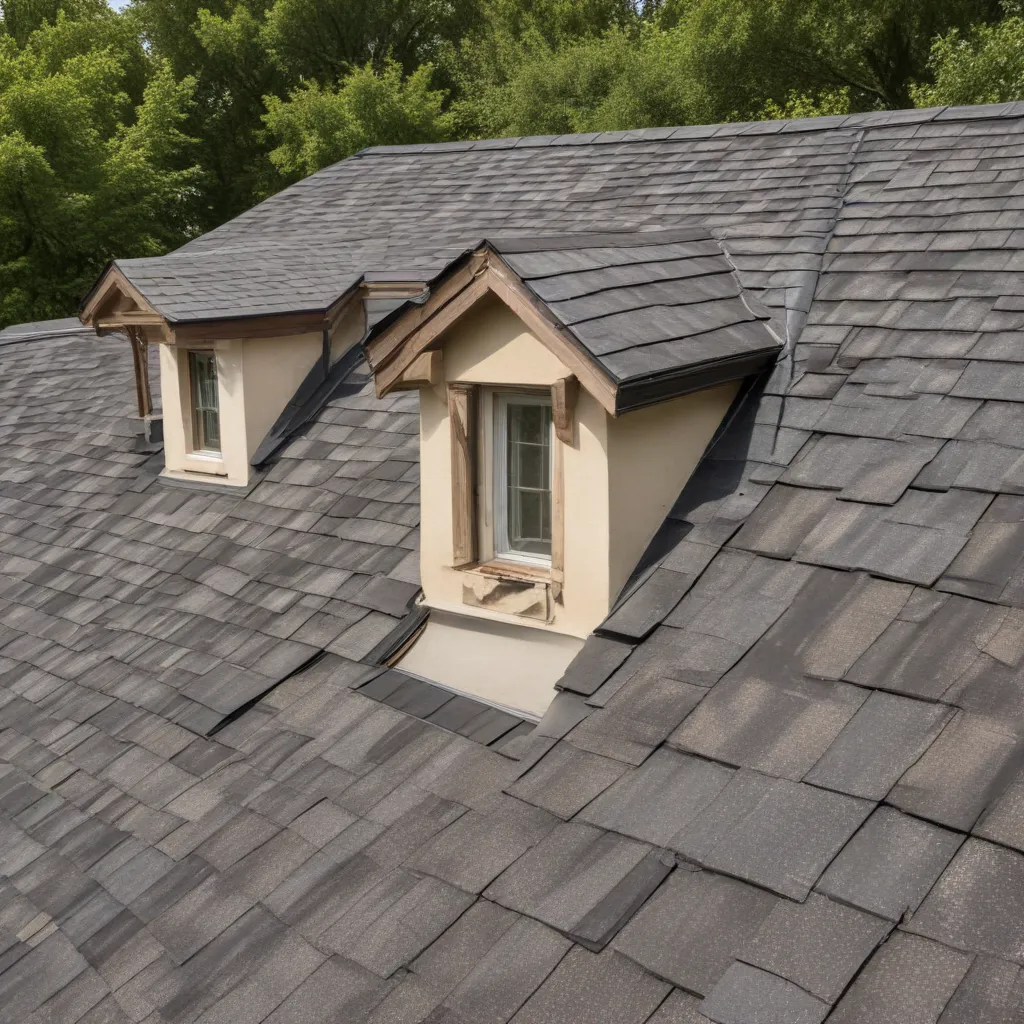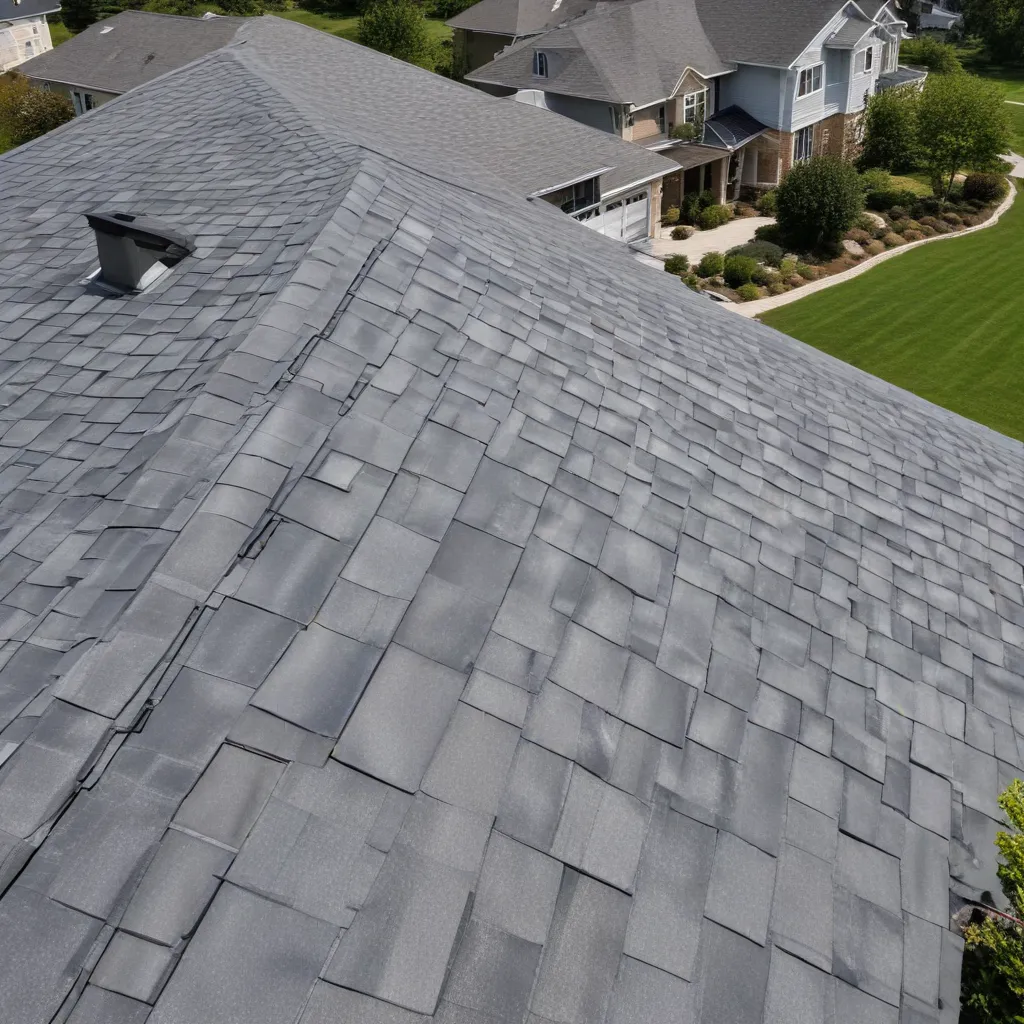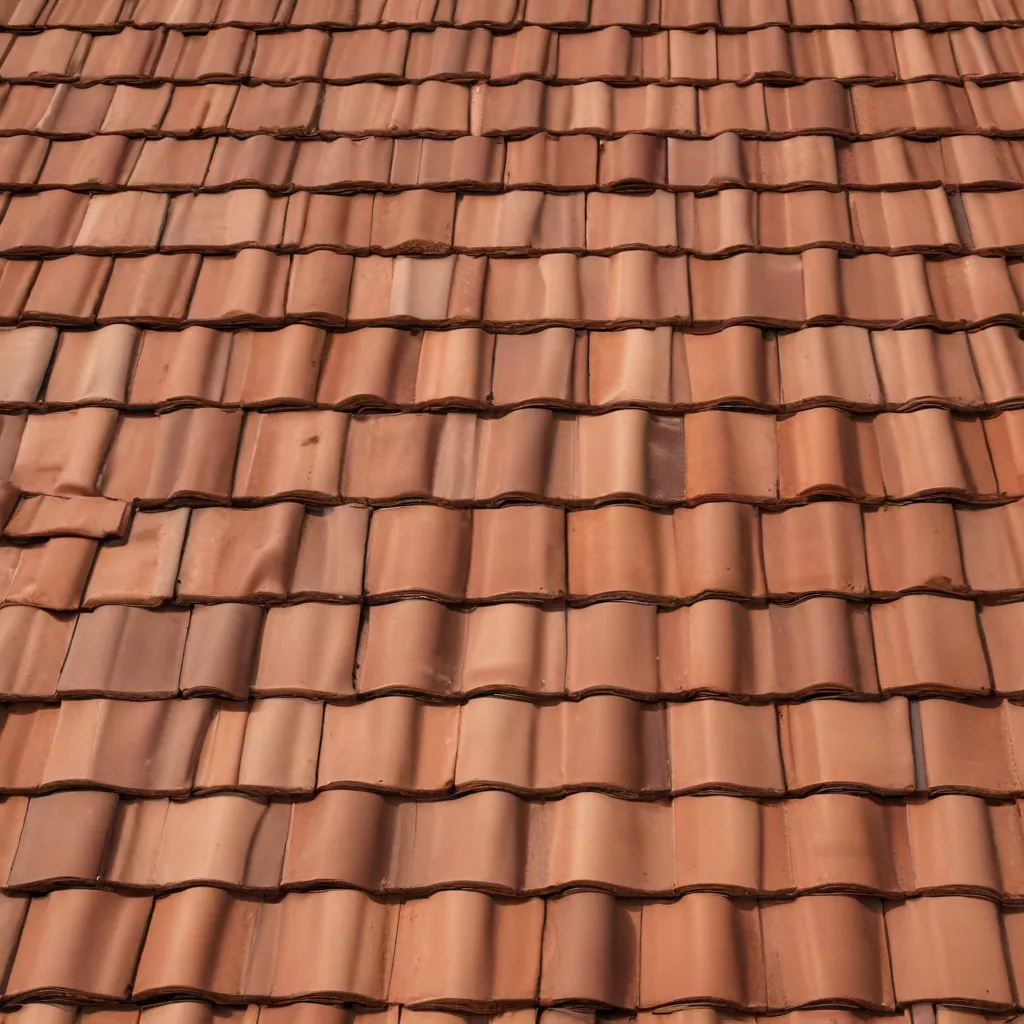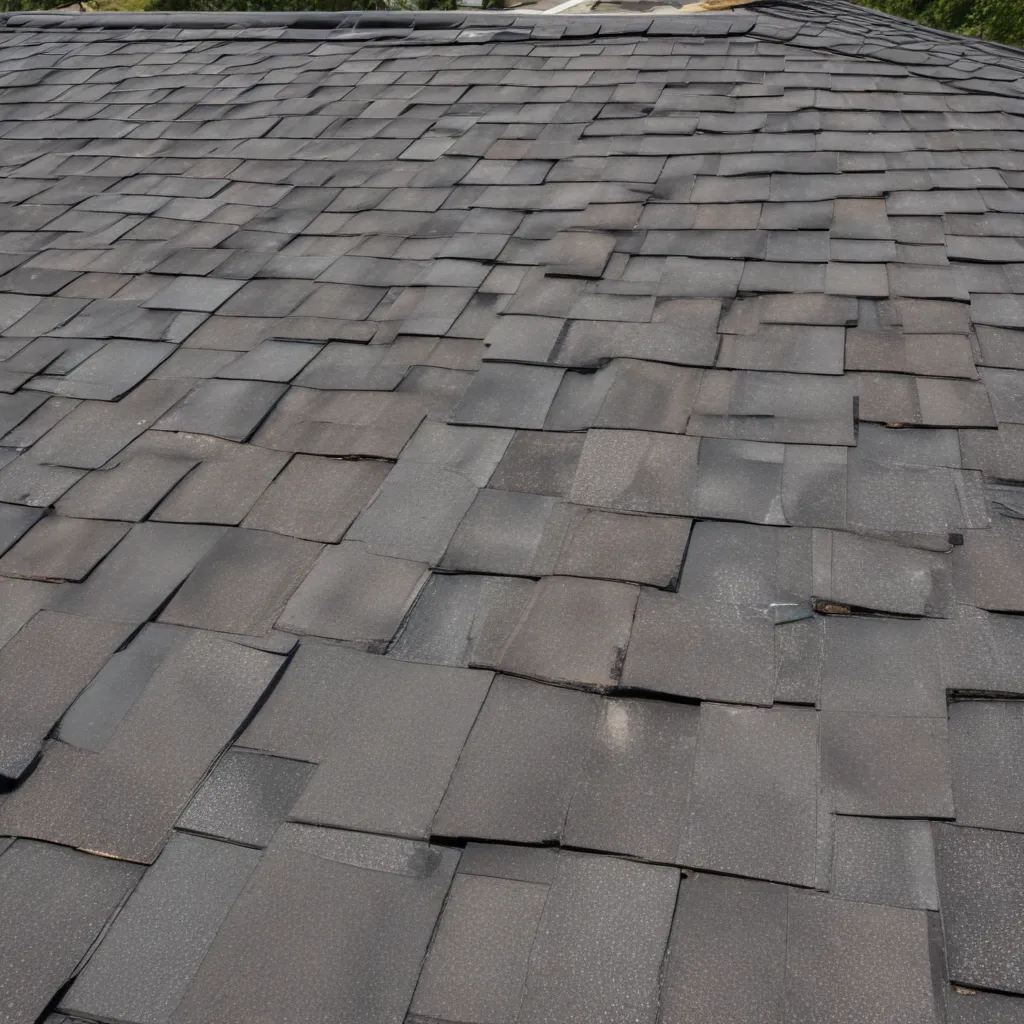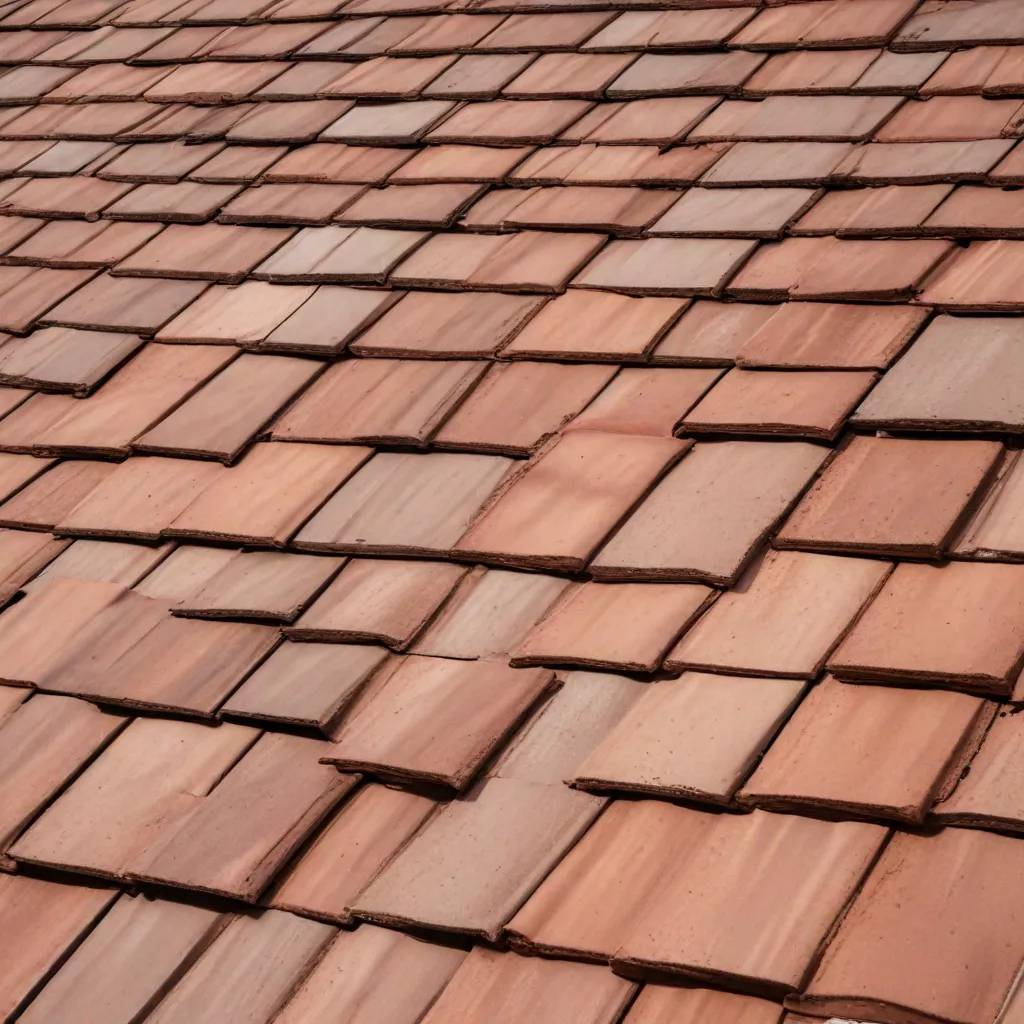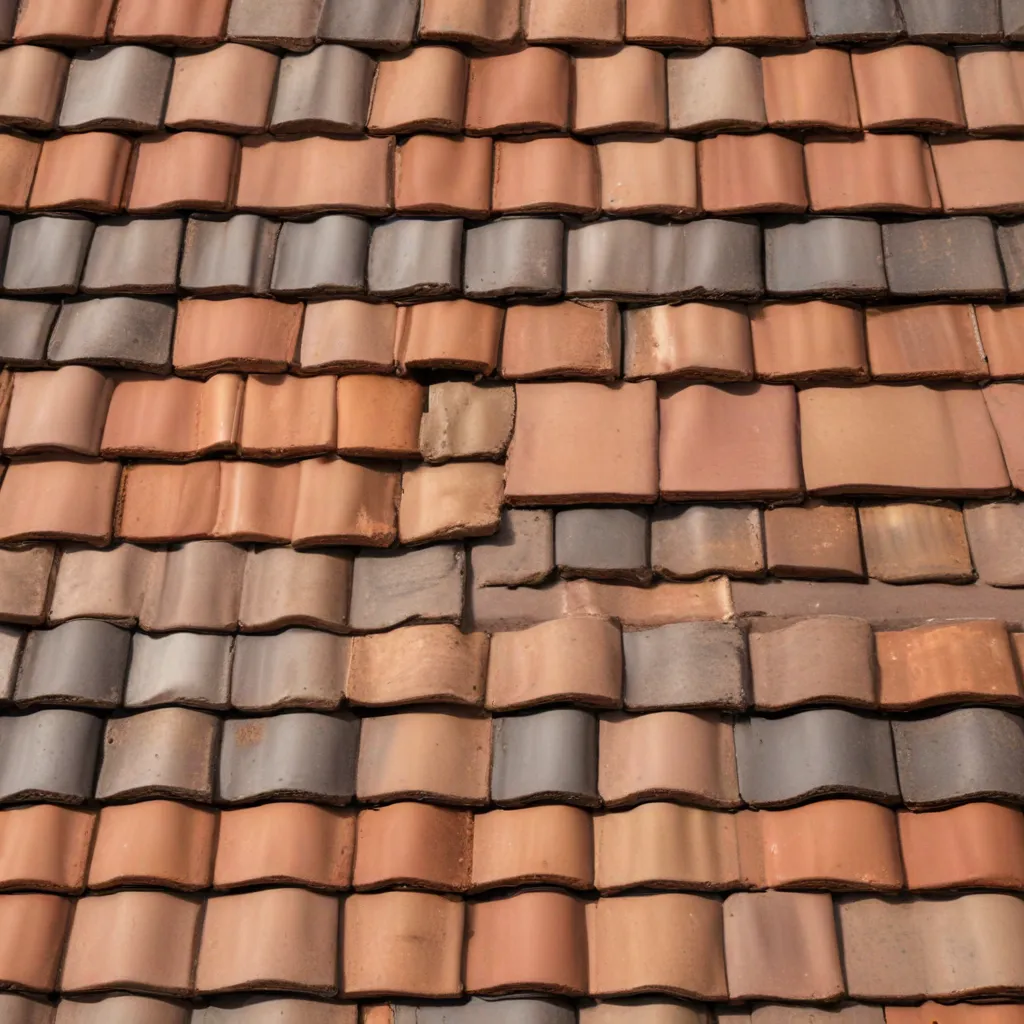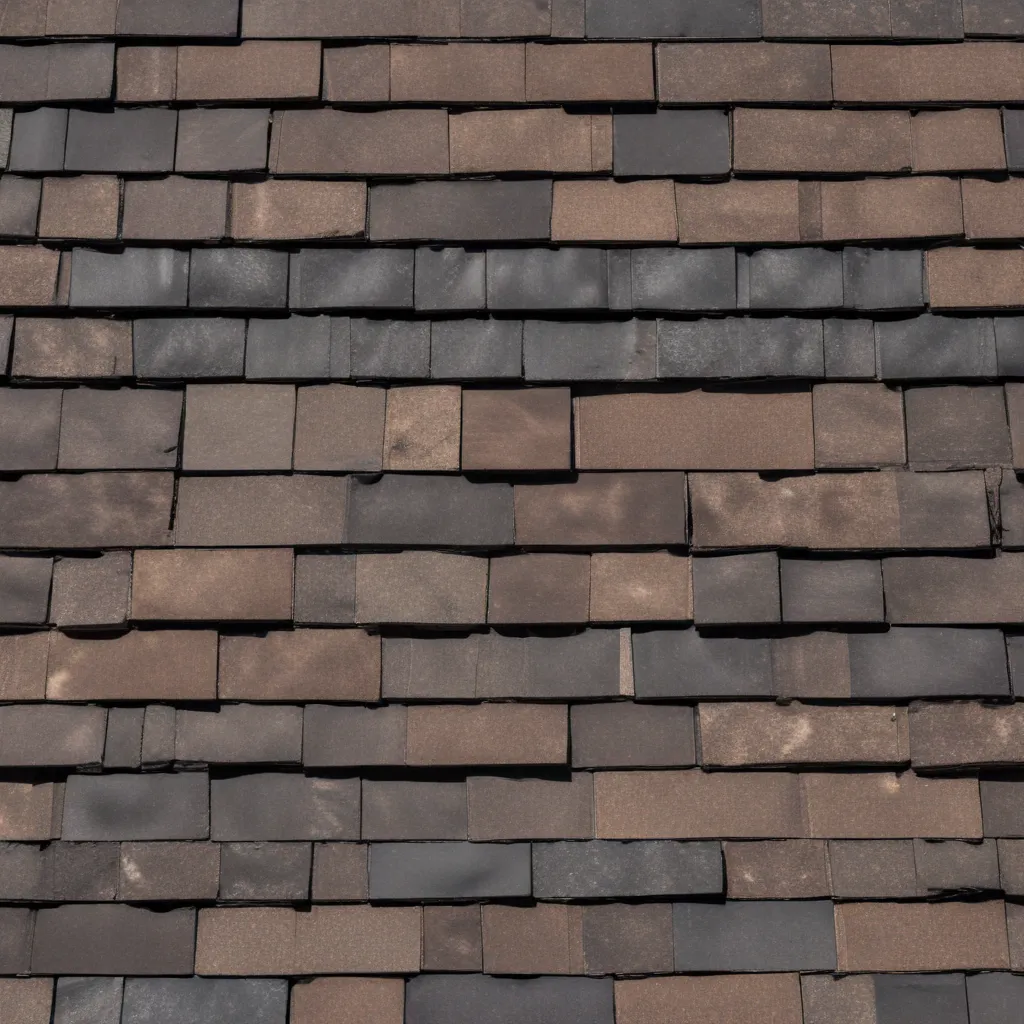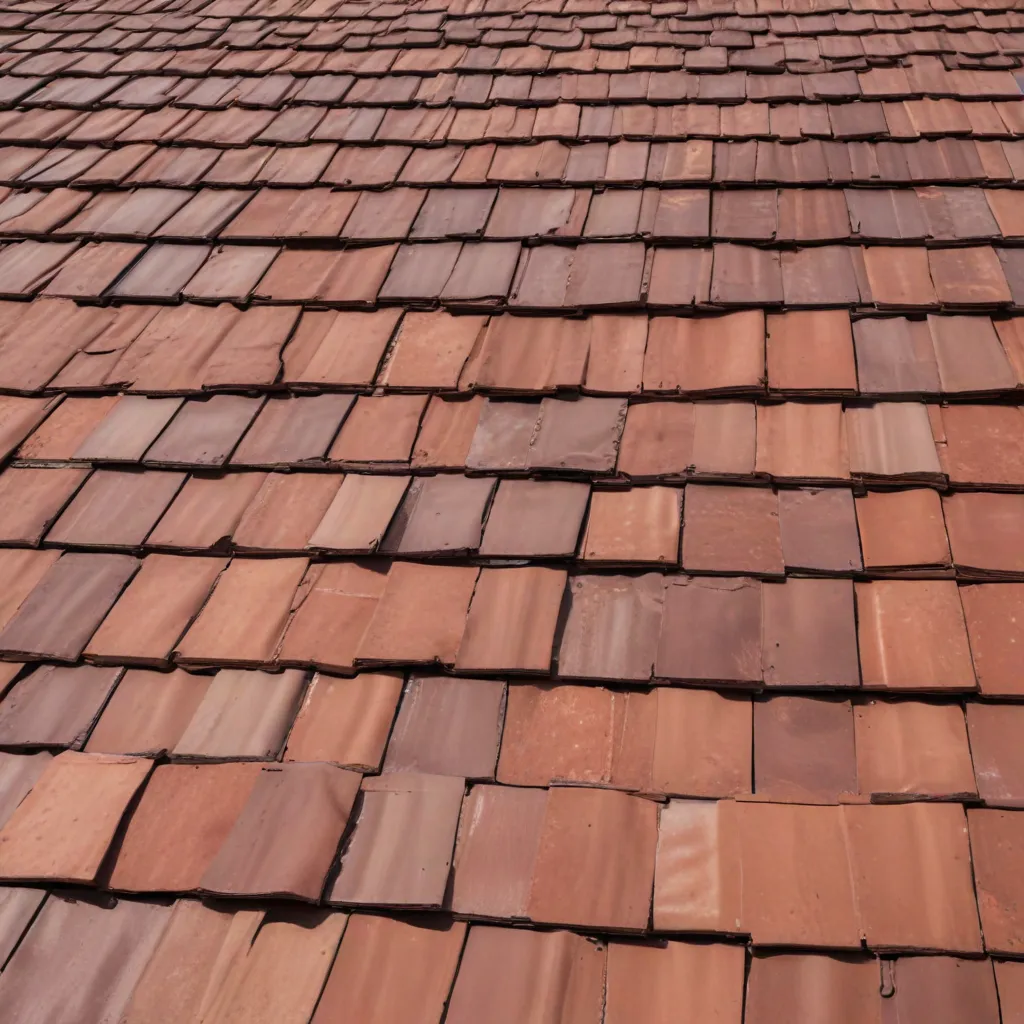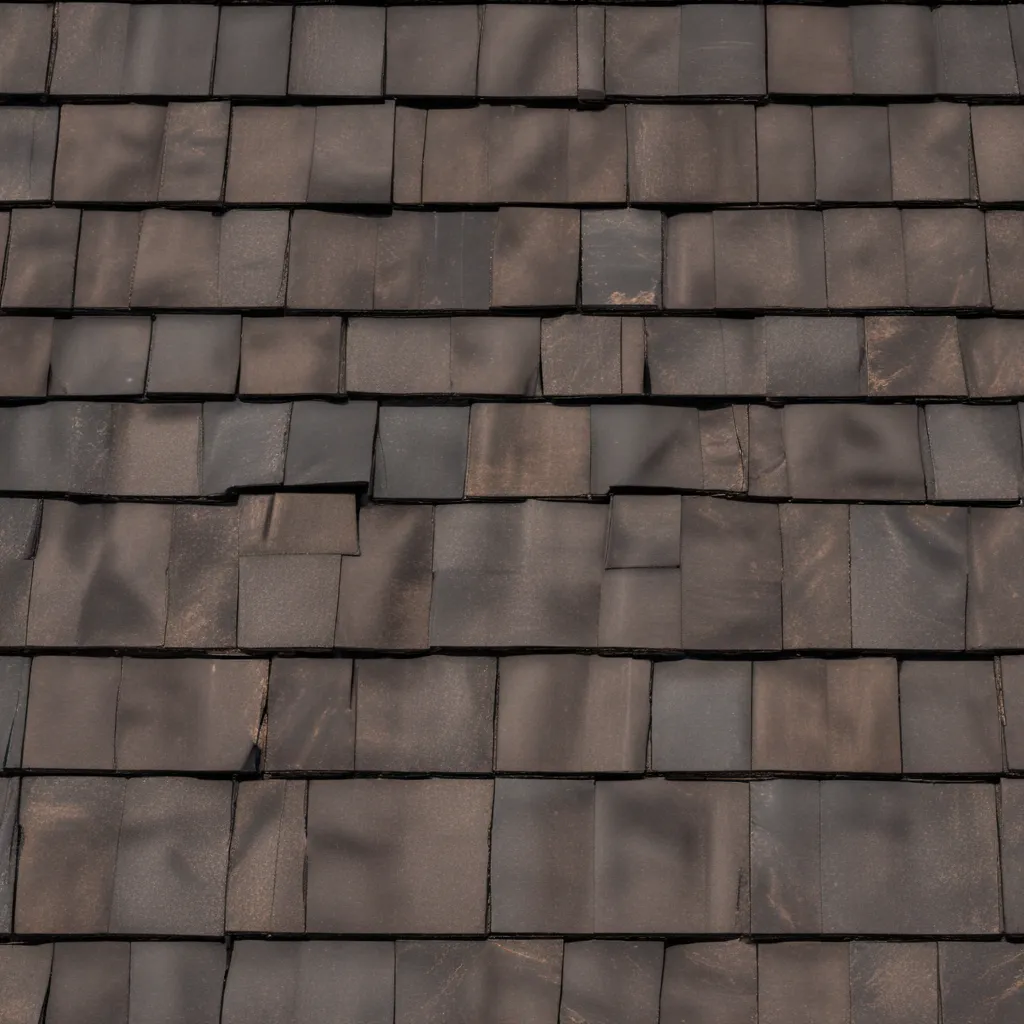
As an experienced roofing specialist, I’ve witnessed the transformative impact of composite roofing materials on the industry. These innovative solutions have revolutionized how we approach residential and commercial roofing, blending durability, energy efficiency, and stunning aesthetics. In this comprehensive article, we’ll delve into the world of composite roofing, exploring its material advantages and why it’s becoming a leading choice for homeowners seeking a reliable and visually appealing roofing system.
Composite Roofing Materials
Composite roofing represents a blend of various materials, including synthetic polymers, recycled plastics, fiberglass, and even recycled rubber. This unique composition allows for the creation of roofing products that can mimic the appearance of traditional materials like slate, wood shakes, or clay tiles, while offering enhanced performance characteristics.
Types of Composite Roofing
One of the key advantages of composite roofing is its versatility. Homeowners can choose from a range of materials that cater to their specific needs and preferences:
Asphalt Composite Shingles: These represent the most widely recognized type of composite roofing, featuring a blend of asphalt, fiberglass, and mineral granules. They come in various styles, including architectural and three-tab designs, and can replicate the look of wood shakes or slate tiles.
Synthetic Composite Tiles: Crafted from a combination of recycled plastics, rubber, and sometimes reclaimed roofing materials, these tiles can accurately emulate the appearance of clay or concrete tiles. Their lightweight construction and enhanced durability make them a popular choice.
Metal Composite Panels: While less common, some composite roofing systems incorporate metal components, such as coated metal shingles or panels. These offer the aesthetic appeal of traditional metal roofing coupled with improved energy efficiency and weather resistance.
Composite Roofing Advantages
The appeal of composite roofing extends beyond its versatile appearance. These materials offer a range of tangible benefits that make them an attractive option for homeowners:
Durability: Composite roofing is engineered to withstand the rigors of harsh weather conditions, including high winds, hail, and severe storms. Many composite materials can resist impacts up to 190 mph, providing robust protection for your home.
Impact Resistance: Composite roofing shingles and tiles demonstrate superior impact resistance compared to traditional materials. This resilience helps prevent costly repairs and extends the lifespan of the roofing system.
Weather Resistance: Composite roofing is designed to be highly resistant to weathering, including UV exposure, moisture, and temperature extremes. This ensures the roof maintains its appearance and functional integrity over time.
Composite Roofing Performance
Beyond their physical durability, composite roofing materials also deliver impressive performance in critical areas like thermal efficiency and energy savings.
Thermal Properties
Insulation Value: Many composite roofing products incorporate features that enhance their insulation properties. This helps regulate indoor temperatures, reducing the strain on your home’s HVAC system and leading to lower energy consumption.
Energy Efficiency: The reflective properties of some composite roofing materials can help mitigate heat absorption, keeping your home cooler and potentially reducing cooling costs, particularly in warm climates.
Aesthetic Considerations
One of the key drivers behind the growing popularity of composite roofing is its ability to replicate the visual appeal of traditional roofing materials. Homeowners can choose from a wide range of colors, textures, and profiles to complement their home’s architectural style.
Design Versatility: Composite roofing manufacturers offer an extensive selection of options, allowing homeowners to achieve the exact aesthetic they desire, whether it’s the rustic charm of wood shakes or the sophisticated elegance of slate tiles.
Customization Options: With the flexibility to accommodate various roof shapes and slopes, composite roofing systems can be tailored to suit the unique design of your home, ensuring a seamless and visually striking finish.
Installation and Maintenance
Compared to traditional roofing materials, composite systems often offer a more straightforward installation process, contributing to cost savings and a quicker project timeline.
Easy Installation: The lightweight nature of composite roofing materials simplifies the installation process, requiring less specialized labor and reducing the overall cost.
Low Maintenance Requirements: Composite roofing is designed to require minimal upkeep, with reduced need for repairs or replacement over its extended lifespan. This translates to long-term cost savings and hassle-free ownership.
Sustainability of Composite Roofing
As environmental consciousness continues to shape consumer preferences, the sustainability of roofing materials has become an increasingly important consideration. Composite roofing excels in this regard, offering a range of eco-friendly advantages.
Environmental Impact
Recyclability: Many composite roofing products are manufactured using recycled materials, reducing waste and contributing to a more circular economy. At the end of their useful life, these roofs can often be recycled, further minimizing their environmental footprint.
Reduced Carbon Footprint: The energy-efficient properties of composite roofing, coupled with the use of recycled materials, help lower the overall carbon emissions associated with the manufacturing and installation processes.
Longevity and Lifespan
One of the standout features of composite roofing is its exceptional longevity. These materials are engineered to withstand the test of time, outlasting many traditional roofing options.
Extended Service Life: Composite roofs can typically last for 30 to 50 years, far surpassing the lifespan of standard asphalt shingles, which usually have a 15- to 20-year lifespan.
Reduced Replacement Needs: The extended lifespan of composite roofing means homeowners won’t need to replace their roofs as frequently, resulting in long-term cost savings and reduced waste.
Cost-Effectiveness
While the initial investment in composite roofing may be higher than some traditional options, the long-term cost benefits often make it a worthwhile choice.
Competitive Pricing: Advancements in manufacturing and the use of recycled materials have helped make composite roofing more competitively priced, narrowing the gap with other roofing solutions.
Long-Term Cost Savings: The durability, energy efficiency, and reduced maintenance requirements of composite roofing can translate to significant long-term cost savings for homeowners, offsetting the higher upfront investment.
Regulatory and Safety Aspects
When it comes to roofing, compliance with building codes and safety standards is of paramount importance. Composite roofing materials are rigorously tested and engineered to meet or exceed these requirements, ensuring both the structural integrity and the safety of your home.
Building Code Compliance
Fire Resistance: Composite roofing is designed to be highly fire-resistant, helping to protect your home from the risk of catastrophic fire damage.
Wind and Impact Ratings: These materials are tested to withstand the rigors of severe weather, including high winds and hail, ensuring your roof can stand up to the elements.
Homeowner Considerations
Warranty Coverage: Reputable composite roofing manufacturers often provide extended warranty protection, giving homeowners peace of mind and assurance of long-term performance.
Insurance Implications: The durability and safety features of composite roofing may be recognized by insurance providers, potentially leading to lower premiums or more favorable coverage options.
As homeowners continue to seek out reliable and visually appealing roofing solutions, composite materials have emerged as a leading choice. By offering a unique blend of durability, energy efficiency, and design versatility, composite roofing systems provide a compelling alternative to traditional roofing options. Whether you’re in the market for a roof replacement or constructing a new home, exploring the advantages of composite roofing can be a wise investment in the long-term protection and aesthetic enhancement of your property.

